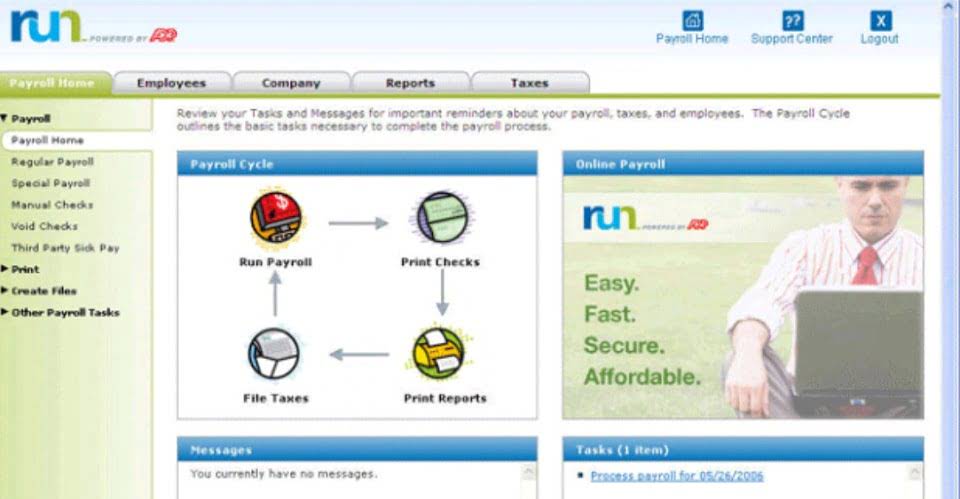
These controls address both access to systems and the accuracy of information processing. Internal controls can be categorized into three main types, each serving a distinct purpose in an organization’s risk management framework. Together, these controls create a comprehensive system that protects assets and ensures accurate financial reporting.
Access Governance Strategies SAP GRC Customers Should Consider in Their SAP S/4HANA Journey
- Any weaknesses in internal controls must be reported to the management by them, in order to comply with all procedures and policies.
- The level of authorization will help the top and middle management to focus on the important stuff.
- These tools are particularly useful in highly regulated sectors such as finance and healthcare.
- Authorization controls ensure that transactions are appropriate and reviewed by qualified personnel before execution.
- Regular review of financial statements, such as comparison of bank statements with accounting records, or review of inventory records for accuracy.
- A risk assessment is the first step in creating internal controls and involves determining the threats facing your company and the extent to which they impact your operations and revenue.
- Without robust internal controls in place, the wrongdoers can manipulate documents and data, misrepresent the company’s performance, and commit outright fraud.
It is important to set a consistent review calendar, use continuous auditing technologies, and promote proactive monitoring practices to swiftly identify and resolve control deficiencies. Changes can occur across multiple processes and applications Certified Public Accountant within an organization and have unintended consequences. By regularly reviewing changes, we can ensure processes are operating correctly across interconnected controls. Organizations must implement comprehensive, proactive solutions to address internal control weaknesses and deficiencies effectively. To help you navigate the potential control weaknesses, we have compiled the most common internal controls that fail with possible solutions.
Regulatory Reporting Data Sheet
Examples include account reconciliations, internal audits, variance analysis, and transaction reviews. These controls help detect problems early, allowing for corrective action to prevent further issues. It is very important for the business to have a proper financial statement that enables the management to measure success and analyze the operation. Internal controls are placed to supervise the staff, management, and board of directors to provide reasonable assurance over the financial statements. It is also a tool for auditors to reduce audit risk when the company has proper internal control.

Auditing internal controls over financial reporting (ICFR)
Also review all user access assignments to ensure the access is still appropriate for their position and access granted to third parties, system accounts, and all administrative accounts. However, many accounting software options can automate many of the monotonous, mind-numbing aspects of internal control measures so managers and directors can focus on the areas that drive the company forward. Segregation of duties is perhaps the most fundamental internal control in accounting. This practice divides responsibilities among different employees to ensure that no single person has complete control over a transaction from beginning to end.

Corrective controls aim to rectify issues identified by detective controls and mitigate any harm caused by the error or irregularity. These controls are designed to fix the problem, address the root Interior Design Bookkeeping cause, and prevent its recurrence. Their primary focus is on preventing problems, such as fraud, misstatements, or operational inefficiencies, by establishing procedures and safeguards upfront.
- As new risks emerge or business processes evolve, control activities should be adapted accordingly.
- Internal controls cannot fully account for external events beyond the organization’s control, such as natural disasters, economic downturns, or regulatory changes.
- Extract a listing of all changes directly from the system in question and tie these back to approved business requests.
- Advancements in technology and evolving regulatory expectations are reshaping internal controls.
- Internal controls also protect assets of the companies, both tangible such as inventory or equipment and intangible such as intellectual property or data.
- By reducing the risk of errors or anomalies in internal processes, internal control also contributes to strengthening the confidence of investors, shareholders and stakeholders.
- Then if they’ve got any questions, just come straight back to us,” says Morgan Hoffmann, the Group Financial Accountant.
- They may be employed in accordance with many different goals, such as quality control, fraud prevention, and legal compliance.
- Increasingly, organizations are leveraging automation software like SolveXia to strengthen these controls by reducing human error and providing consistent execution of control procedures.
- Strong internal controls require collaboration from different teams within the organization, below are some roles and responsibilities defined for each team.
- ZenGRC offers a preloaded content library, benchmark reports, and built-in integrations to streamline your risk management program.
The success of internal controls can be limited by personnel who cut control activity corners for the sake of operational efficiency and by those employees who work together to conceal fraud. Internal controls are vital to ensuring the integrity of companies’ operations and the trustworthiness of the financial information they report. The Sarbanes-Oxley Act of 2002 spurred internal controls in the aftermath of such scandals as those involving Enron and WorldCom to protect investors from corporate accounting fraud. Internal controls are broadly divided into preventative and detective activities. Detective controls are backup procedures that are designed to catch items or events that have been missed by the first line of defense. They help identify anomalies, detect fraudulent patterns and verify the consistency of transactions.


Doing so ensures that they’ll be able to identify when internal controls are functioning properly and when there are potential lapses in the internal controls system. If executive and management teams disregard accounting internal controls existing controls, employees will likely follow suit. Compliance can also happen from the bottom up since audit teams can use their data to make a business case for cyber risk management.

